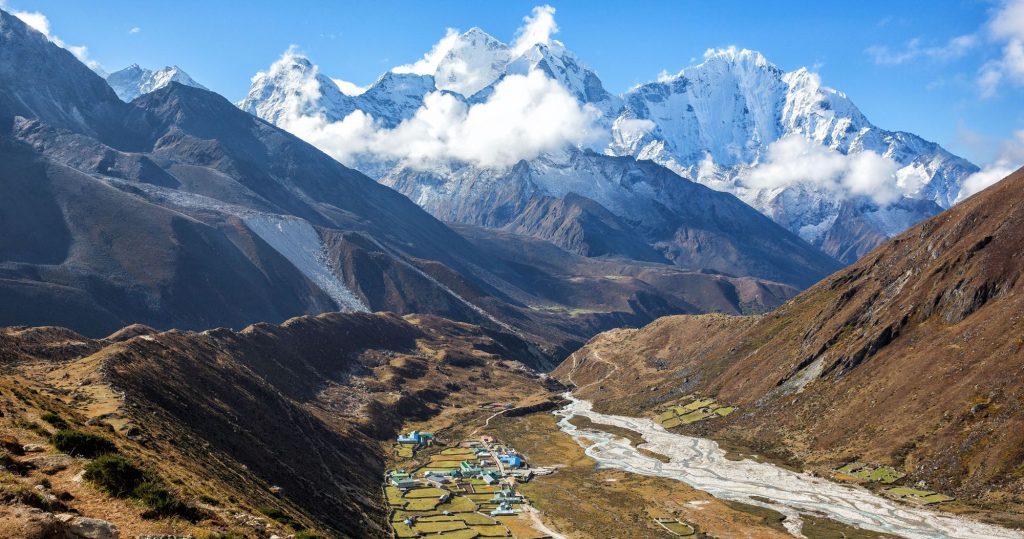One of the most famous destinations in the world is Mount Everest. Almost every traveler dreams of going there one day. Everest Treks can take you to this legendary mountain. The journey begins in Lukla and ends in the stunning Everest Base Camp. There are a few interesting detours along the way, too.
Everest Base Camp
The Everest Base Camp Trek can be completed throughout the year, but the best time to go is in the spring or fall, when the weather is the best. You will want to avoid the monsoon season, which will cause the trails to be wet and slippery. Also, keep in mind that winter temperatures can get very cold, with temperatures dipping as low as -15 degrees Celsius.
Travel insurance is a must for anyone planning an Everest Base Camp trek. Most standard travel insurance policies will not cover you at such high altitudes, so it’s important to purchase travel insurance that covers high altitudes. World Nomads’ policy covers altitudes up to 20,000 feet and is designed to protect you in harsh conditions.
Day 8 of Everest Base Camp trek
The last day of your Everest Base Camp trek is the most important day for your trip. As you descend to Lukla, you will have a spectacular view of the mountains and the Everest peak. Then, you will be able to take an early flight back to Kathmandu. Day eight of your Everest Base Camp trek will be the longest of your entire adventure, but you can take it in two parts.
The first part of Day 8 of your Everest Base Camp trek is a day of rest. You will descend quite a bit and will have a few uphills. You will also have a chance to check out Namche Bazaar, the largest settlement of the Sherpa community in the Everest region. Namche is a charming mountain town with a clean, picturesque landscape. You can spend some time here and explore the town before you continue on to Pangboche. Pangboche is also known for its panoramic views of the Ama Dablam valley and the Everest Skyline.
Dangers of mountain sickness on Everest Base Camp trek
While many people perceive Everest Base Camp as a relatively safe trek, there are some risks associated with the trek, including mountain sickness. In particular, fly-in treks to the high altitudes can cause AMS. To avoid this, trekkers must first acclimatize before beginning the trek. It is important to spend some time in the high mountains to get used to the altitude.
The symptoms of mountain sickness can range from mild to severe and are a serious health risk. These include headache, loss of appetite, fatigue, and difficulty sleeping. If the symptoms persist or worsen, the trekker should seek medical attention immediately. If severe, the illness can lead to a coma or death. For this reason, it is important to know more about mountain sickness before the trek.
Benefits of Everest Treks
Everest View Trek are a great way to experience the summit of the world’s highest peak. You’ll get a chance to witness the majestic beauty of nature as you ascend to the base camp. The views are breathtaking and the trekking conditions are perfect. It’s important to pick the right time to visit the mountain, as certain seasons are better than others. For example, summer is the best time to visit Everest Base Camp, when temperatures are the highest and the trails are drier and more accessible.
Everest base camp treks can be done from Kathmandu, eliminating the need for flights to Lukla. However, you should be aware that flights to Lukla can be very weather-dependent and you should plan to allow extra time for flight delays. During the beginning and end of trekking seasons, flights are most likely to be cancelled, which can make for a lengthy trek.
